|
King Athelstan is considered by many to be the first king of England; he was the grandson of Alfred the Great. He died on this day in 939 and was buried in Malmesbury Abbey in Wiltshire. Athelstan, says the Anglo-Saxon chronicles was 'the lord of warriors and patron of heroes" and by the time of his death, he had secured England’s borders and introduced new laws. Of Athelstan's funeral, 12th-century chronicler William of Malmesbury wrote that 'many gifts in gold and silver were carried before the body, as well as many relics of saints, bought in Brittany, for such were the objects on which he expended the treasure accumulated and left untouched by his father.' William of Malmesbury also viewed the king's remains and of what he saw he wrote 'the king as not above the average height, slim in build with fair hair 'as I have seen for myself in his remains, beautifully intertwined with golden threads.'
0 Comments
Henry of Huntington, the 12th century English chronicler wrote that Henry I was endowed with three gifts, that of wisdom, victory and riches, but he also writes that these were offset with three vices, avarice, cruelty and lust. Henry was cruel, on one occasion he sanctioned an act of vengeance, ordering the blinding of his own granddaughters when he discovered a similar atrocity had befallen the son of one of his courtiers. In 1124, he had 44 thieves hanged on the same day. Henry the lustful he most certainly was, however, Henry the romantic he was not despite the stories we've heard of the Welsh beauty Nest ferch Rhys and his long-term mistress Sybil Corbit. Henry worked his way through a stream of women, from other men's wives to abbesses. He did acknowledge fifteen illegitimate children, the sons he placed in important positions and the daughters he married off to wealthy nobles, the others, another nine or so he had little or no time for. Henry's ability to father children goes without question, it is a puzzle then, that with his first wife Matilda, he only fathered two children in their eighteen-year marriage and he fathered none with his second wife, the very young and beautiful Adeliza of Louvain in their fifteen years of marriage. Henry was a good administrator, and as we have seen he was cruel and harsh, he demanded loyalty but was known to return the latter to those who served him well, the result of which was from 1103 until his death, there were no significant uprisings during his reign. The beginning of the end of Henry's thirty-five years on the throne of England came in the November of 1135 at a hunting lodge at Lyons la Foret in France when death knocked on his door. According to his doctors, Henry had been well, but Henry of Huntingdon wrote the king became ill during the night after he partook of some lampreys, of which he was fond, though they always disagreed with him; and though his physician recommended him to abstain, the king would not submit to his salutary advice… This repast bringing on ill humours, and violently exciting similar symptoms, caused a sudden and extreme disturbance, under which his aged frame sunk into adeathly torpor A few days later, on the 1st December the king was dead, as was the stability of his realm.
Henry I was buried at Reading Abbey. Following the Harrowing of the North, William the Conqueror set his sights on East Anglia, where men like Waltheof and Hereward the Wake were resisting Norman forces, eventually though, Waltheof accepted Norman authority and was rewarded for this with an advantageous marriage to the Conqueror's niece, Judith of Lens. Five years later, Waltheof was suspected of being involved in what has come to be known as the Revolt of the Earls. Historians differ over what exactly his involvement was, the Anglo Saxon Chronicle state that he one of its ringleaders, while Orderic Vitalis and William of Malmesbury suggest that he knew of the revolt but had sworn an oath to keep quiet. It was inevitable though, that news of Waltheof's actions would come to the Conquerors attentions, and when it did Waltheof confessed his guilt to the conqueror in person. Ignoring the Earl's words, William the Conqueror ordered that he be tried, he was found guilty and sentenced to death. Following a year in prison Waltheof was executed on the 31st May 1076 at St. Giles's Hill, near Winchester. His decapitated body was thrown in a ditch, however it was later recovered and buried in the chapter house of Crowland Abbey where it lay, untouched, for sixteen years until in 1092. That year a fire in the chapter house forced Ingulph, Abbot of Crowland, to have Waltheof’s body moved elsewhere. On
opening the coffin it was said that the Earl's corpse was found to be intact, his severed head re-joined to the trunk. The bells of the abbey originally numbered seven and each had their own name. The great bell was cast on the instructions of Abbot Turketyl and named Guthlac after one of the two saints the abbey is dedicated to. Egelric, who was abbot from 975 to 984 added six more bells whose names were Bartholomew, Beccelm, Turketyl, Tatwin, Pega and Bega. These seven bells were housed in a central tower that, in 1091, was destroyed by fire as was a smaller belfry many years later. The tenor bell, cast in 1430, is one of six bells at Crowland, not only are they unique, but they were the first tuned peal to be heard here in England, also the sound of them ringing were one of the first to be broadcast to the nation on radio in 1924. The bell ropes, seen in my photograph below, have one of the longest draws in the country being ninety feet long. The Croyland Chronicle has among its pages the Miracle of Guthlac, as story that is associated with the bells of the abbey:
"At this period, there happened in our monastery a circumstance of everlasting remembrance, which some of the most intelligent, even, ascribed to a wondrous miracle. The greater bell-tower had been newly built in the western part of the church, in which it was intended that the bells before-mentioned should, by the skill of the carpenters, be hung. At this time it was not covered in at the very top, nor was it in any way closed by the intervention in it of any lower floor. Having put together, on the ground below, a certain machine for the purpose of winding and drawing, they endeavoured to fix in the summits of the walls an immense beam, held by ropes and pulleys, to act as a supporter of the whole work. By dint of great efforts on the part of those winding, the beam had been now raised nearly fifty feet from the ground, and was hanging poised aloft, when, on a sudden, the tackle proving unequal to the strain of such an immense mass, began to give way. At the same moment, the ropes burst asunder, and the beam, falling to the ground with a loud crash, broke the whole fabric to atoms that lay below. There seemed no chance of escape whatever for the men, nearly twenty in number, who were labouring below and were now placed almost at the very verge of death; nor would it have been of any use for them to fly, seeing that the beam in its length across equalled the square space between the walls. However, the Divine mercy instantly regarded them thus threatened by a peril so terrific, and smitten with the greatest consternation at so unlooked-for an event; for the breaking down of so vast a mass did not crush one of them, and its precipitate fall did not the slightest injury to a single individual. Oh instance of the Divine grace, deservedly to be lauded and extolled! Oh, how glorious, too, the merits of our father Guthlac! Who could possibly withhold himself from uttering the praises of God?" Standing proudly in the Fenlands of Lincolnshire are the ruins of the Abbey of Crowland, and as autumn brings its misty evenings, or winter its old crisp mornings, standing among the abbeys broken arches you cannot help but think of the forthcoming Christmas festivities. Today, Crowland Abbey joins in the fun of Christmas just like any other religious establishment, on the 6th December it had its Christmas Craft and Food Fare when mince pies were eaten and maybe a drink of mulled wine was sampled. That very day in 1484, the second Christmas of King Richard III's reign, people celebrated St Nicholas's saints day. On that day, our ancestors believed this Saint Nicholas brought gifts such as nuts, fruits and marzipan sweets, and with these gifts the ability to foretell the events of the following year. While most of the Fenland community where knocking back the Christmas ale, Crowland Abbey was not so festive. Within the abbey the monks were busy with local and national affairs, on one hand they were trying to keep talk of a local dispute quiet and on the other being quite vocal in its criticism of Christmas in the court of King Richard III. Whoever it was that put ink to parchment, had much to say on the subject of the shenanigans going on at Richard's Christmas parties. The writer of the famous Croyland Chronicle states that he was unable to account for many of the activities in the court at this time “because it is shameful to speak of them” even Queen Anne and Elizabeth of York were considered "vain" because they had more than one party outfit. Richards best buddy, Bishop Thomas Langton, joined these medieval party poopers by stating "‘sensual pleasure holds sway to an increasing extent.’ What on earth did this mean? Did Richard kiss the lovely Ann more than once under the mistletoe I wonder? Not one of the writers made any attempt to elaborate on any of the events they were writing about. All the criticisms of Richards "wild parties" came from the clergy who were very quick to point out that Richard saw himself as a " good, learned, serious and virtuous man" while also pointing out that he had called his brothers court "licentious and morally corrupt." The University of Leicester School of Historical Studies quite rightly points out ‘compared with the wild parties that were held at Rome during the reign of Pope Alexander VI, the English court under Edward IV and Richard III was a 'model of virtue’. Surely, even the pious, like Richard, should not be frowned upon for having a good time, obviously there was more to these statements than meets the eye. Perhaps these people were just a tad miffed and just bit disgruntled at not to being invited. Did they watch from a distance or listen enviously to tales told the following morning of how Catesby, Lovell and Ratcliffe danced in silly animal party hats or King Richard drank way too ale and threw iced cakes at the Earl of Warwick. In reality of course, all these damning words were written years later. Those who pooh poohed the kings festivities were not irritated because a invitation hadn't landed on their door mat, they were spouting propaganda, words they thought their new king wished to hear, words that would keep them safe in the new Tudor era. History suggests that the events at court in 1484, as written in the Croyland Chronicles, were written two years later in 1486, by someone who was educated in law and who was privy to information within the court.
The Benedictine residents of Crowland Abbey had at their head one Lambert Fossdyke who had been Abbot at Crowland since January 1484 and who was a Bachelor of Law and it was such a man with a degree in law who was considered to be the writer of these malicious rumours about Richard III. John Russell, Bishop of Lincoln, is commonly thought to be the author but it could just as well have been Fossdyke dictating to one of his monks? |
Archives
February 2024
Categories
All
After ten years in the workplace I became a mother to three very beautiful daughters, I was fortunate enough to have been able to stay at home and spend my time with them as they grew into the young women they are now. I am still in the position of being able to be at home and pursue all the interests I have previously mentioned. We live in a beautiful Victorian spa town with wooded walks for the dog, lovely shops and a host of lovely people, what more could I ask for.
All works © Andrea Povey 2014. Please do not reproduce without the expressed written consent of Andrea Povey. |
- Home
-
My Family Stories
- Bustaine of Braunton: Introduction
- Hunt of Barnstaple Introduction >
- Lakeman of Mevagissey >
- Meavy Introduction >
- Mitchell of Crantock: An Introduction >
- Mohun of Dunster: Introduction >
- Purches of Hampshire and Cornwall >
- Scoboryo of St Columb Major >
-
Thomas Vaughan: An Introduction
>
- Smith of Barkby Introduction >
- Taylor Introduction >
- Tosny of Normandy >
- Toon of Leicestershire: Introduction >
- Underwood of Coleorton Introduction
- Umfreville of Devon >
- Other Families
- History Blog
- Wars of the Roses Blog
- The Ancestors
- A to E
- F to J
- K to O
- P to T
- U to Z
- Hendley of Coursehorne Kent
- Pigott Family of Whaddon Buckinghamshire
- Links
- Contact
- Umfreville test
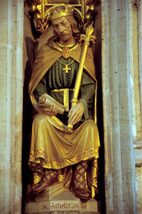
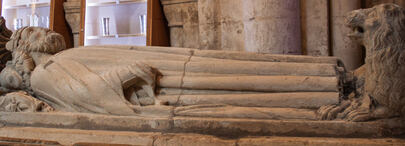
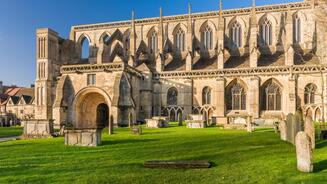
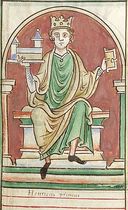
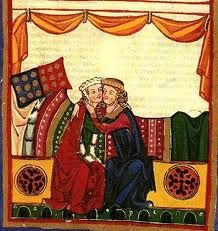
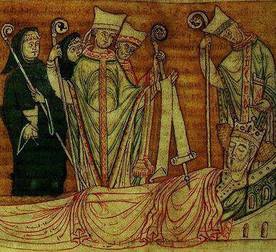
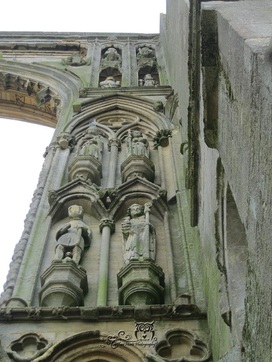
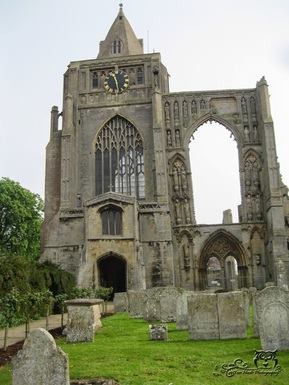
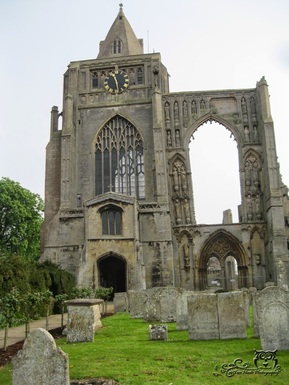
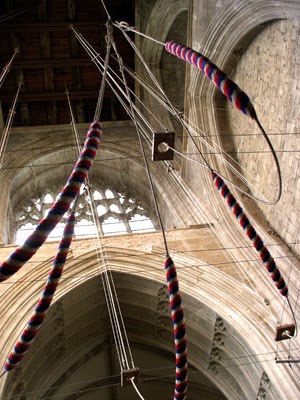
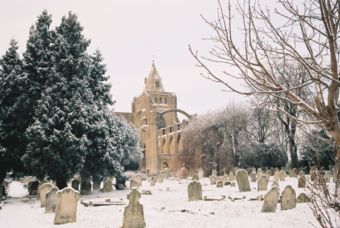
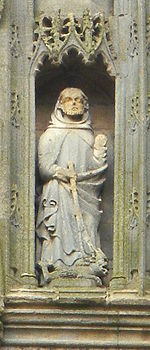
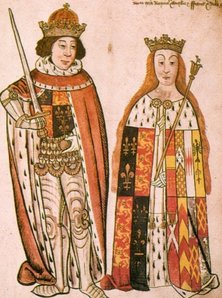
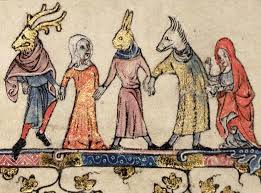

 RSS Feed
RSS Feed
